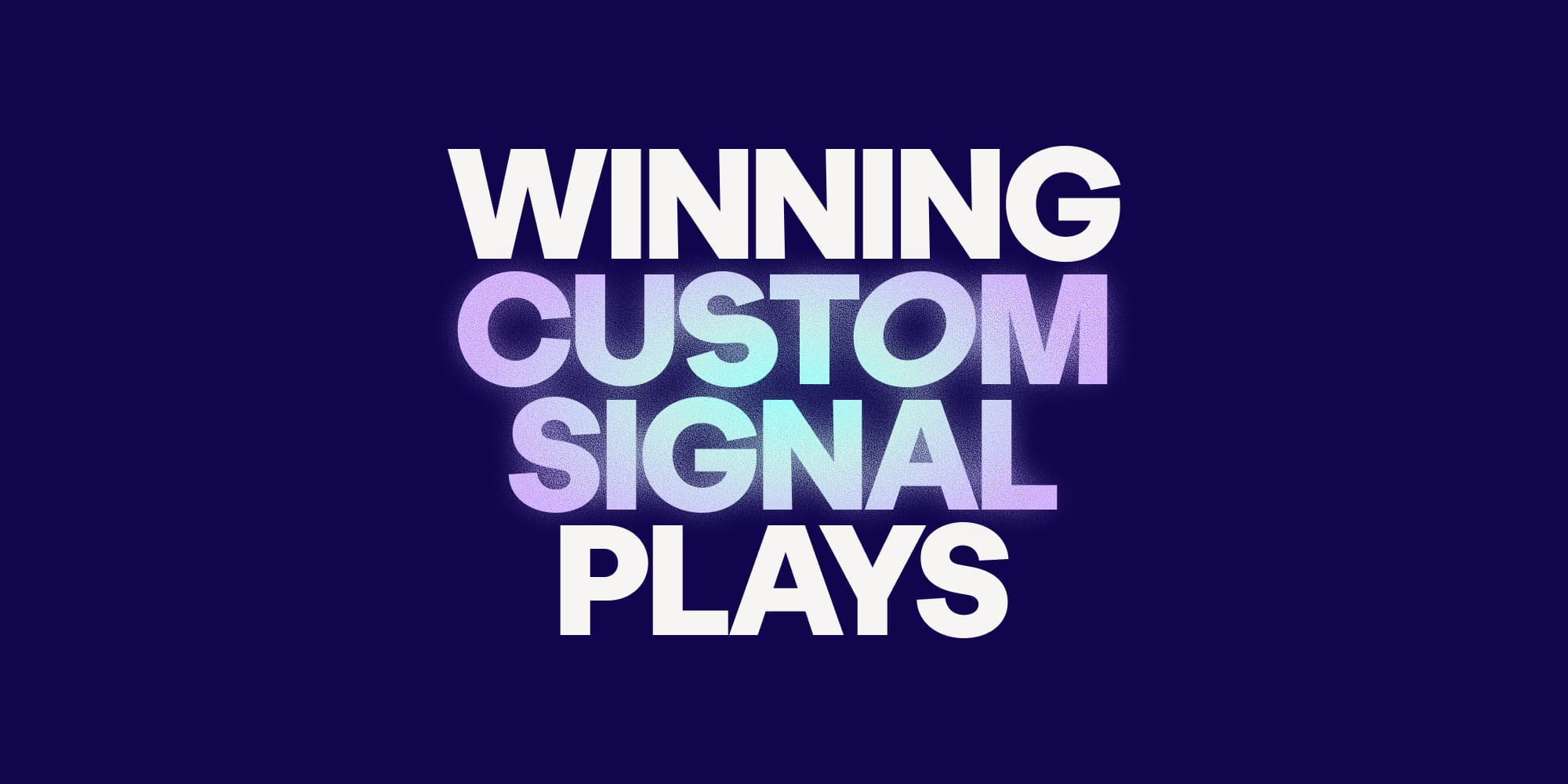How to organize a successful company hackathon
•
March 11, 2024
.jpg)
Hackathons are a fantastic way to spur innovation, team-building, and problem-solving in a technology company.
Having recently organized a successful 2-day hackathon during our company-wide offsite, I've gained valuable insights into what makes such an event not just enjoyable but also incredibly productive. In this blog, I'll share the key aspects that contributed to our hackathon's success and offer tips for other teams looking to organize a similar event.
Why Organize a Hackathon?
A hackathon is not just an event; it's a celebration of creativity and technical prowess. Here's why it's a great idea to organize one in your tech company:
Fostering innovation
Hackathons provide a platform for team members to brainstorm and bring to life ideas that could significantly impact your product or service. Even if projects aren’t ready for immediate shipping during the hackathon, it’s a great opportunity for team members to make a direct impact on your product’s development.
Building team synergy
These events encourage cross-department collaboration and help build a sense of community within the company. Team members whose paths wouldn’t normally cross can find themselves working together on a shared project, learning from each others’ skills, or exchanging inputs in new and exciting ways.
Identifying hidden talents
A hackathon can reveal hidden skills and talents within your team that can be the impetus for future projects and team collaborations. It allows team members to exercise their creativity outside of their scheduled tasks and to contribute something they feel strongly about. Sometimes people will choose to explore something beyond their typical or day-to-day field of expertise - and this is definitely to be encouraged!
Boosting morale
A change of pace from daily work routines can do wonders for boosting morale and job satisfaction amongst your team. No matter how big or small their hackathon project, it’s great for participants to exercise their creative autonomy to see their efforts being recognized.
.png)
Hackathon framework
Setting the stage
A successful hackathon starts with a well-structured framework. Here are some elements to consider and how we approached the event:
- Venue selection: Choose a space that is conducive to collaboration and creativity. We announced the launch of our hackathon remotely and then reviewed the submitted projects as a team at our annual offsite.
- Clear objectives: Define what you hope to achieve with the hackathon, be it new product ideas, process improvements, or just fostering team spirit. This was our first company hackathon, so we made sure the briefs were sufficiently diverse to get as many people participating as possible.
- Motivate your team: Make the hackathon accessible to everyone in your team to maximize engagement, even if they don’t fully participate. For example, we invited all members of the company to submit project ideas even if they didn’t have the time or capacity to work on them themselves. Then, asking the entire team to vote for their favorite projects aligned perfectly with our pro sports team mentality of supporting each other to be the best we can be.
.png)
Our hackathon formula
We were hugely impressed by the success of our hackathon, especially as it was a first for the Amplemarket team!
Here’s what we did in a little more detail:
1. Specific timing
A well-defined time frame, typically spanning two to three days, ensures focused effort and prevents burnout. We set a clear start and end to maintain momentum and excitement.
2. Small teams, big ideas
We opted to keep the teams small, ideally between one to three members. Larger teams often require more coordination, especially if the members aren’t already well-acquainted. Small teams encourage rapid decision-making and foster intimate collaboration.
3. Scope: open vs. focused?
For teams new to hackathons, an open scope can unearth a plethora of latent ideas. However, for more experienced teams, defining a specific theme can channel creativity more effectively. We opted for four different hackathon categories (Delighting customers, Making the team more efficient, Helping us grow faster, and Building the future) to maximize potential participation whilst keeping teams focused on delivering specific results.
4. Broad participation
We encourage cross-departmental participation by allowing projects that include building custom GPT models, Slack bots, or dashboards in BI tools like Metabase. This inclusivity enabled non-technical members to contribute significantly and experience the thrill of innovation.
5. Presentation
We used tools like Loom for presentations and to streamline the sharing of project pitches. We also provided a template presentation deck for teams to use when demo-ing their projects at the offsite. Quick, effective communication of concepts is key in a time-bound environment.
6. Prizes
The anticipation of the announcement of winners and prizes makes the hackathon more memorable and motivates healthy competition. We offered a varied set of prizes, from as company-wide voting awards to founder-selected awards, and ended up with a brilliantly diverse selection of winners.
7. Clear the calendar
During the hackathon, eliminate all non-essential meetings so participants can fully immerse themselves in the event and get the most from the experience. Clearing the schedule also underscores the importance of the hackathon and provides relief from other routine responsibilities.
.png)
Tips for hackathon participants
For those who have never participated in a hackathon, it can be daunting to get started. As our team discovered, it’s a hugely rewarding experience, both on a personal and professional level.
Here are some tips for participants to make the most of their hackathon opportunity:
- Be open to ideas: The best solutions often come from the least expected places. Be open and listen to all ideas, and don’t be afraid to collaborate on projects outside your normal remit.
- Plan, but be flexible: While planning is crucial, be ready to pivot if a better idea or approach emerges.
- Focus on MVP (Minimum Viable Product): Given the time constraints, aim for a functional prototype rather than a finished product.
- Network and collaborate: Use this opportunity to connect with colleagues you don't usually work with.
- Have fun!: Remember, it's not just about the end product but also the journey and experience.
The winning hackathon template
Here’s one last thing to help you get started: the template we used to launch our Amplemarket hackathon!
Simply save your own copy to start editing your template.
Happy hacking!
Subscribe to Amplemarket Blog
Sales tips, email resources, marketing content, and more.


.jpg)







